This is Part 2 of a two-part series. Read Part 1 here.
For the most part, Michael Luellen is excited about what the arrival of the lithium industry could mean for Imperial County.
Luellen is a city councilmember in Calipatria, a working class town of around 6,500 that sits just miles from the area where companies hope to extract the valuable mineral from deep in the ground.
The 19-year-old official has big dreams of greener parks, rebuilt infrastructure and better schools for the town — all funded by new revenue from the budding renewable energy industry.
Every now and again though, Luellen has his doubts.
“We have been, being honest, subject to broken promises previously," he said. “What if lithium doesn't come?”
Luellen was referring to the way that past renewable energy booms have unfolded in the Imperial Valley, which includes the county and its surrounding area. Geothermal energy and solar power have both pledged to bring new prosperity to the valley in the past and failed to deliver.
But experts say things could be different this time.
Around the world, demand for lithium is surging, and the Imperial Valley is in a strong position to help meet that need. State and local leaders have been working hard to ensure that the communities of the valley will see more far-reaching benefits this time if the industry continues to grow.
As California races to curb carbon emissions, advocates and researchers say the growth of the lithium industry could be a test of a so-called ”just transition.” That’s a movement to cleaner energy sources that strengthens local communities, rather than hollowing them out.
“The conditions are different,” said Christelle Khalaf, an economist and the associate director of the Government Finance Research Center at the University of Illinois, Chicago. “There's a lot more room, from my perspective, for growth.”
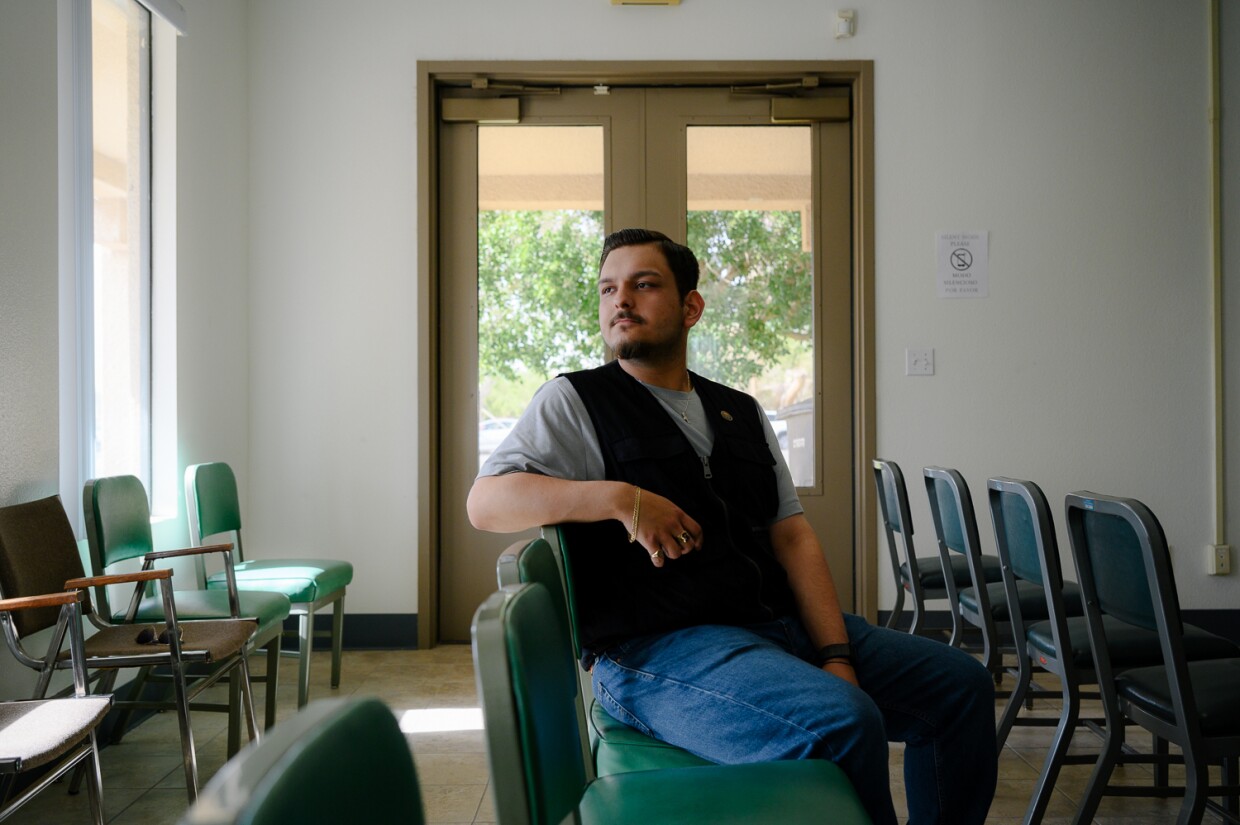
Lithium is a soft, silvery-white metal that’s found in many places around the world, including in hard rock, layers of sediment and belowground pockets of salty water. It’s used to lubricate aircraft engines, added as a fuel to military-grade torpedoes and is prescribed by doctors as a treatment for bipolar disorder.
Perhaps most significantly, it’s a key element in electric cars and other battery technology. Because of that, demand for lithium has already grown swiftly and is expected to swell over the next decade.
Right now, most of the world’s lithium is produced in Argentina, Chile, Australia and China. Almost none is produced in the United States.
But changing that is a priority for both California and the Biden administration as the climate crisis continues to accelerate. Climate experts say ongoing efforts to build out battery storage and replace fossil fuel-dependent cars with electric vehicles will be crucial to slowing the destruction brought on by climate change.
And the Imperial Valley is home to vast amounts of lithium.
The metal is dissolved in scorching pockets of geothermal brine deep below the Salton Sea, the same brine that geothermal plants have been tapping into for decades. U.S. Department of Energy researchers predict there could be enough lithium there to extract 3.4 million tons and make hundreds of millions of electric vehicle batteries.
Three energy companies, EnergySource Minerals, Controlled Thermal Resources and BHE Renewables, currently have plans to build out new extraction plants at the north end of the county along the Salton Sea.
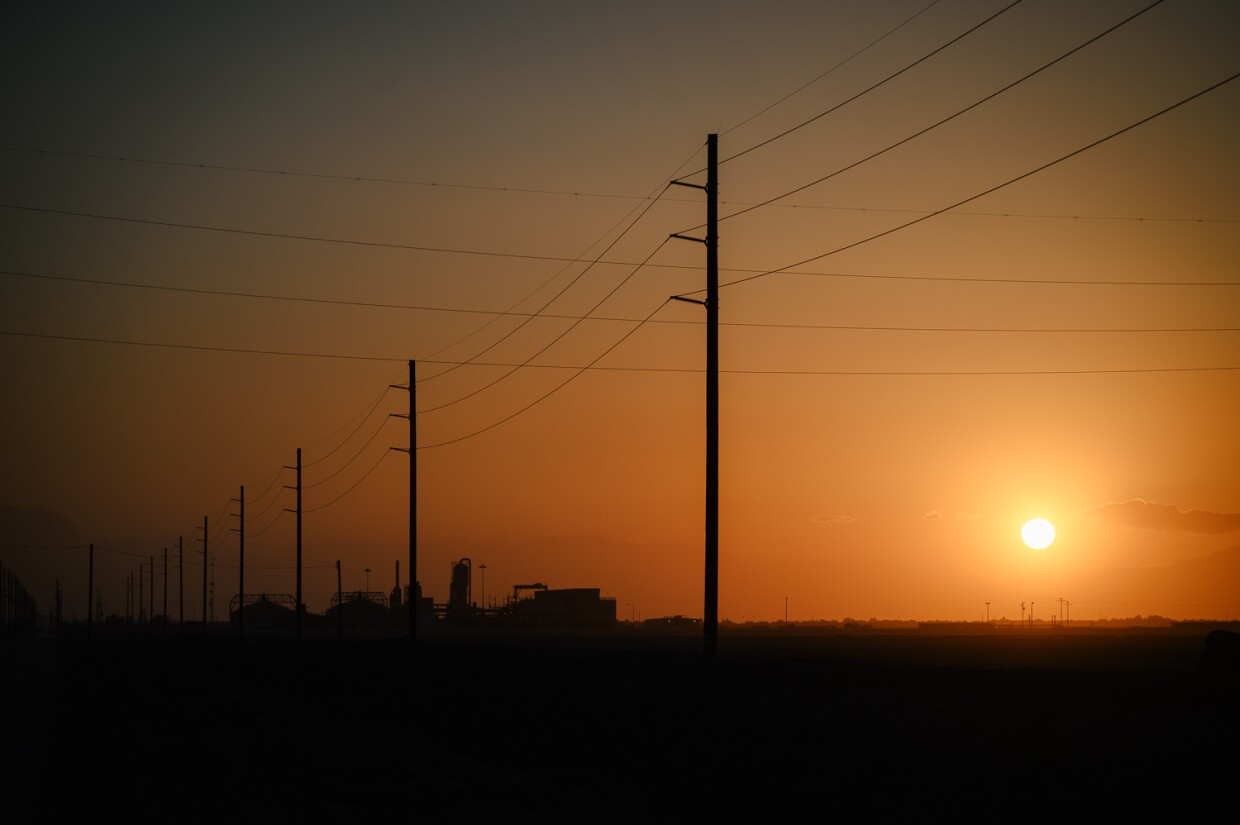
Experts say the growth of lithium extraction could be different from other renewable industries because of the circumstances surrounding the resource itself and the measures that are being taken to ensure community benefits.
The lithium plants themselves are projected to bring larger numbers of long-term jobs, in part, because they will essentially rely on the same technology as geothermal energy plants.
Lithium is most commonly extracted through hard rock mining or evaporation ponds, both of which can be environmentally destructive. In Australia, lithium ore is extracted through hard rock mining, which has created huge open gashes in the ground and contaminates the soil and water. In Chile and Argentina, lithium-rich water is pumped from the ground into vast evaporation ponds, requiring massive amounts of land and water.
But in Imperial County, the three main energy companies hoping to develop lithium facilities plan to use a newer method called “direct lithium extraction.” The goal there is to pump geothermal brine out of the ground, filter the dissolved lithium out of it, then pump it back into the earth. The plants will also produce geothermal power in the process.
Geothermal technology already has a foothold in the valley dating back to the 1980s, and jobs at those plants are often sought after because of the pay and benefits. More lithium extraction plants could mean more of those similar jobs.
That marks a big difference from the growth of the solar industry in particular, according to Paul Rodriguez, deputy energy manager for the Imperial Irrigation District, the county’s main power provider.
“Once the solar plant is pretty much installed, operation and maintenance really drops off,” Rodriguez said.
Controlled Thermal, the only company that’s already begun construction on a lithium plant, says it plans to employ 480 people while building the plant and 220 workers afterwards. EnergySource Minerals has given similar numbers for its first planned plant.
If lithium companies hire local residents for those jobs, Khalaf said that’s one of the most direct ways that Imperial Valley communities could see benefits.
“It's the easiest for regulators, for local elected officials to be able to do something about it,” she said. “They can easily say, ‘let's make sure that labor is local.’”
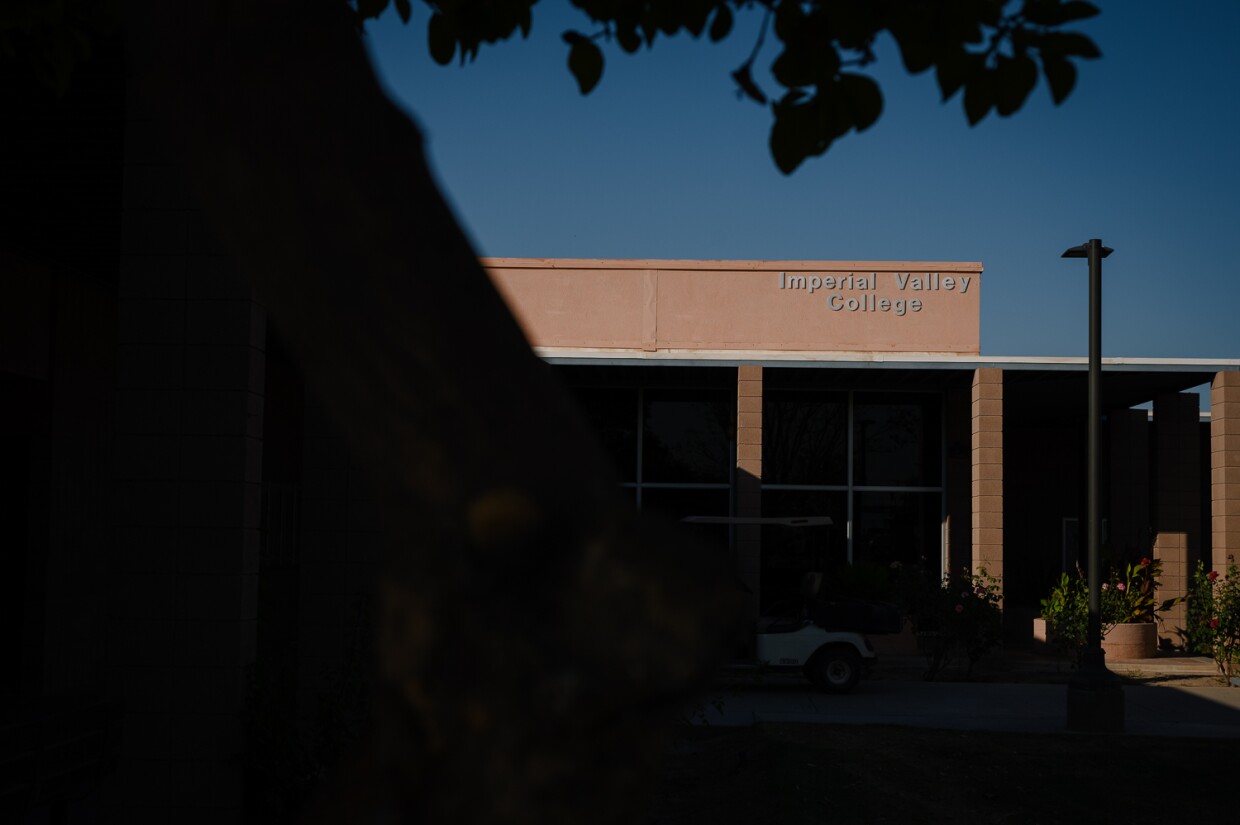
Imperial Valley residents could also see benefits through the statewide lithium extraction tax.
Signed into law in 2022, that tax paves the way for Imperial County to receive millions of dollars a year in new revenue once companies start actually collecting lithium.
It requires all lithium producers in California to pay out between $400 and $800 into a statewide fund for each ton of lithium they pull out of the ground – 80% of which will go back to the county where that lithium was extracted.
In Imperial County, the tax specifically requires officials to set aside 30% of those tax revenues it receives for a number of “directly impacted communities,” including Calipatria.
The remaining 20 percent of extraction tax dollars in the statewide fund will be put towards restoration efforts along the Salton Sea. The vast inland lake is shrinking rapidly and exposing the region to toxic dust from a lakebed laced with pesticides, heavy metals and other pollutants.
The tax was opposed by lithium industry executives, who told Reuters it could bruise the industry before lithium extraction even began. But the law passed amid strong support from many local Imperial County officials, residents, labor unions and community organizations.
California lawmakers also recently established a state oversight committee to make sure local governments use those funds appropriately. That committee will make its first report in April 2027.
These benefits, Luellen said, could transform communities like Calipatria by giving the town funds to repair its crumbling sewer system and other infrastructure. He joked that, one day, the farming town will also build its own boardwalk along the Salton Sea and plaster its name across the mountains like the Hollywood sign in Los Angeles.
“But genuinely, I do believe that our community will grow – that the services we offer will expand,” Luellen said. “Within 10, 20, 30, 40 years, I truly believe Calipat will be extremely different.”
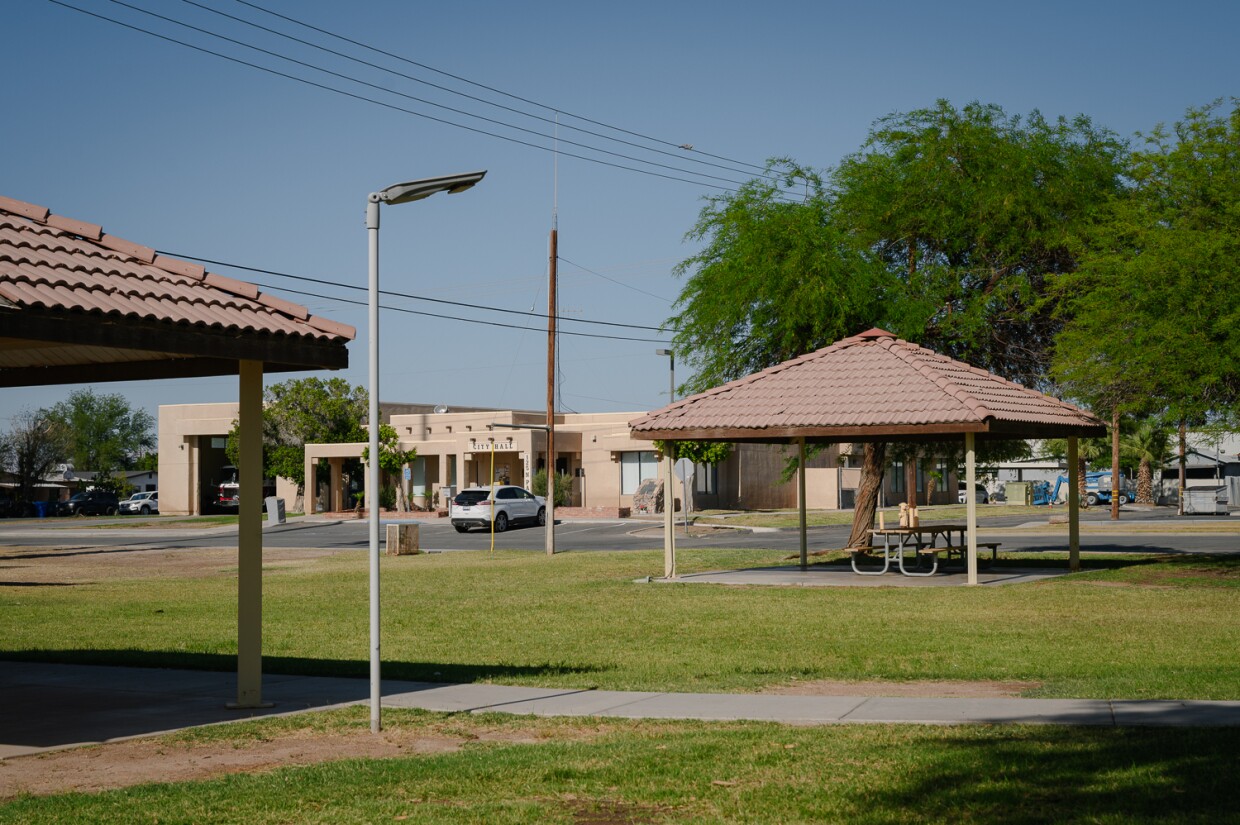
Even though lithium has the potential to bring more jobs and community benefits than past renewable energy industries, most experts also warn that those benefits are not guaranteed right now.
For one, no one has actually started pulling lithium out of the ground to sell yet.
One of the three companies, BHE Renewables, has been working on small pilot projects to prove the viability of its lithium technology and was scheduled to conduct a successful demonstration by March 2024. However, the company has reportedly faced different challenges and its website says it is currently still working towards those demonstrations.
“I'm confident, because there's a lot of smart people in that industry and the chemistry is pretty basic, that they'll figure it out,” said Chris Benner, a professor of environmental studies and sociology at UC Santa Cruz, who recently co-authored a report on the jobs and supply chain that lithium could bring to the region. “But it's going to be a lot more complicated than a lot of people are presenting at the moment.”
For example, the lithium companies haven’t signed any binding agreements that would compel them to offer well-paid jobs or focus on hiring local residents.
One powerful step, Benner said, would be a community benefit agreement. That’s a contract between the project developer and a group of community organizations that could set legally-binding conditions like requiring a certain amount of local workers.
Controlled Thermal officials and union leaders have reached a different kind of pact – a project labor agreement – which they say will encourage local hiring on that company’s projects. But the final decisions on who gets hired to build and maintain these lithium plants could still be largely up to the companies.
The state lithium extraction tax also faces a major risk. This November, a statewide ballot measure could wipe it out along with many other taxes, forcing state lawmakers and Imperial Valley communities to start from scratch.
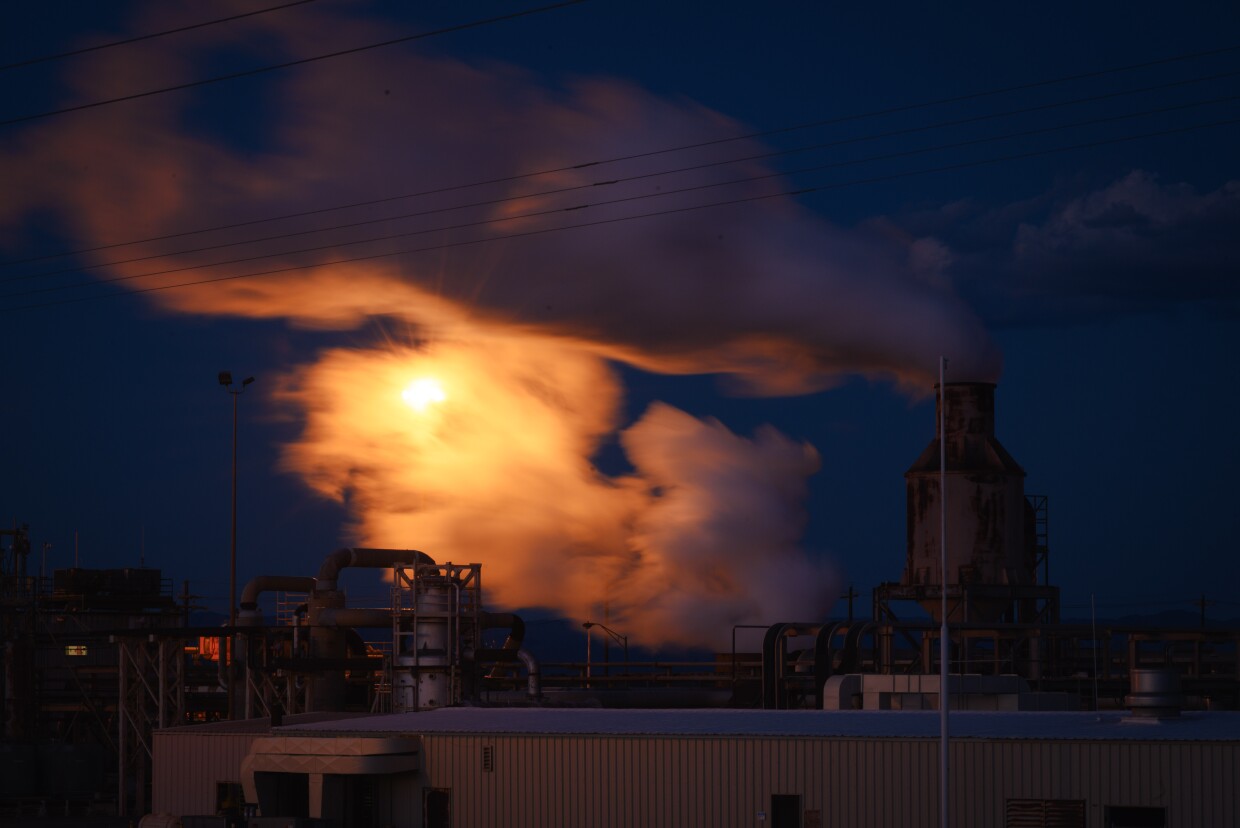
And in the longer term, Benner said most of the jobs created by this lithium will actually be involved in manufacturing – not extraction.
A massive workforce will be needed to process the metal into millions of batteries and electric cars. That number of workers will far outweigh the jobs related to pulling the mineral out of the ground.
For the Imperial Valley to see any of those benefits, Benner and his fellow researchers found that cities, Imperial County, and state lawmakers still need to work together more closely and invest in manufacturers to draw those jobs into the area.
“As excited as we all are about the potential for lithium in the region,” Benner said, “we’ve got to go in with clear, open eyes about what the real opportunities are.”
Then there are the environmental impacts. Industry executives have touted direct lithium extraction as a much cleaner alternative to hard rock mining and evaporation ponds and claimed that the technology would not add more pollution to the valley.
But two environmental groups, the longtime Imperial County environmental justice group Comite Civico del Valle and the national nonprofit Earthworks, say they still have outstanding questions – including how much air pollution the industry will produce and whether its water use will speed up the degradation of the Salton Sea.
Earlier this year, Controlled Thermal Resources started building its first lithium plant. Two months later, Comite Civico and Earthworks sued to block it, arguing the county hasn’t done enough to examine the environmental impacts of CTR’s planned lithium plant.
“We have diligently raised our concerns about this project throughout the planning process,” said Luis Olmedo, executive director of Comite Civico del Valle, in a statement. “Controlled Thermal Resources and the County have charged ahead, leaving us no choice but to pursue legal recourse.”
Back in Calipatria, Luellen said he remains optimistic despite those potential challenges.
The conversations around lithium and the future were, in part, what inspired the 19-year-old to run for City Council right after graduating from high school. Luellen now serves as one of the youngest officials ever elected to public office in town.
Luellen knows not everyone feels the same way. He’s too young to remember the promises that renewable energy industries have made to Calipatria in the past.
“But I think this time it will be different,” he said. “With the action the state's taken, the accountability and the excise tax, with the amount of outreach that's been taking place – I think this will be the time that everything's done right.”






